Advertising Trends to Look Out for in 2023 | 24 Nov, 2022

The advertising industry is moving fast, and digital advertising is looking forward to innovation. The industry revenue grew a record 35.4% in 2021 (as per reports by IAB) and is on its way to another banner year in 2022, it’s also under intense regulatory and consumer scrutiny. With an increased demand for improved data privacy standards from consumers, to the ongoing phase-out of third-party cookies by almost all major internet browsers – adtech and data privacy are forecasting the coming storm.
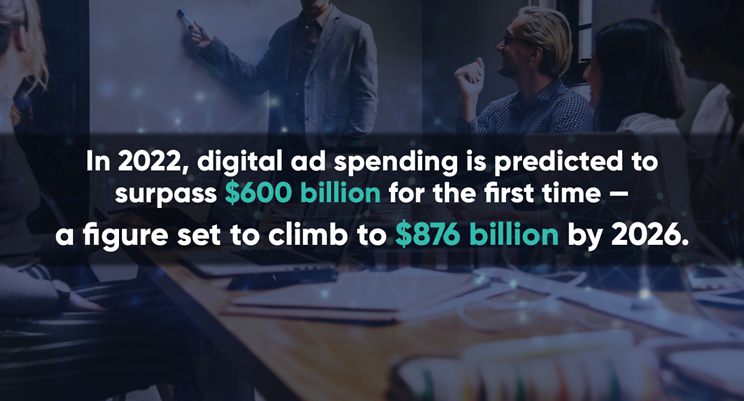
With new technologies emerging every day and consumer habits and expectations evolving, brands and agencies need to stay up to date on the latest digital advertising trends.
This article will cover the advertising trends to watch out for in 2023 and beyond.
The Rise of (Shorter) Video Ads
As of now, at present, there is only one king of content, its video. Video continues to be one of the most prominent digital marketing trends. About 93% of marketers believe video covers better than any other type of content marketing format. (Source: vidyard.com)
If you think it will slow down in the coming years, then you need to take a second look. According to Vidyard, in 2021, there was a 178% increase in video creation compared to 2020.
However, one significant trend to note is that video ads are getting shorter. As many as 56% of video ads are now less than two minutes long. But marketers need to optimize their video content for each platform since consumers expect different lengths of video content on different platforms.
So, if you’re using video marketing as part of your content marketing strategy, then these benchmarks will help you optimize your content on all platforms (by Hubspot):
- Instagram — 30 seconds. Did you know? Our brain process visuals 60,000 times faster than text, thus scrolling is much faster on this platform than on others. The key is to keep the hook (the most engaging part) of your video shorter than 15 seconds!
- Twitter — 15 seconds or less. Although Twitter allows videos up to 140 seconds, only the ones below 15 seconds get featured consistently.
- Facebook — 01 minute. It has been found that the Facebook audience engages best with content that’s around one minute long.
- YouTube — 10 minutes. When was the last time you wanted to watch a video? In those, I-want-to-watch moments, users gravitate to YouTube. The platform has become a legitimate source of entertainment for millions, all in just a decade. With 2.29 billion active users on YouTube, brands shouldn’t ignore the platform to be a part of their media plan. The 10-minute video might be a popular choice as that is where creators can insert ads. YouTube Shorts, on the other hand, are a lot like Instagram stories, so the standard 15-second rule applies to those as well.
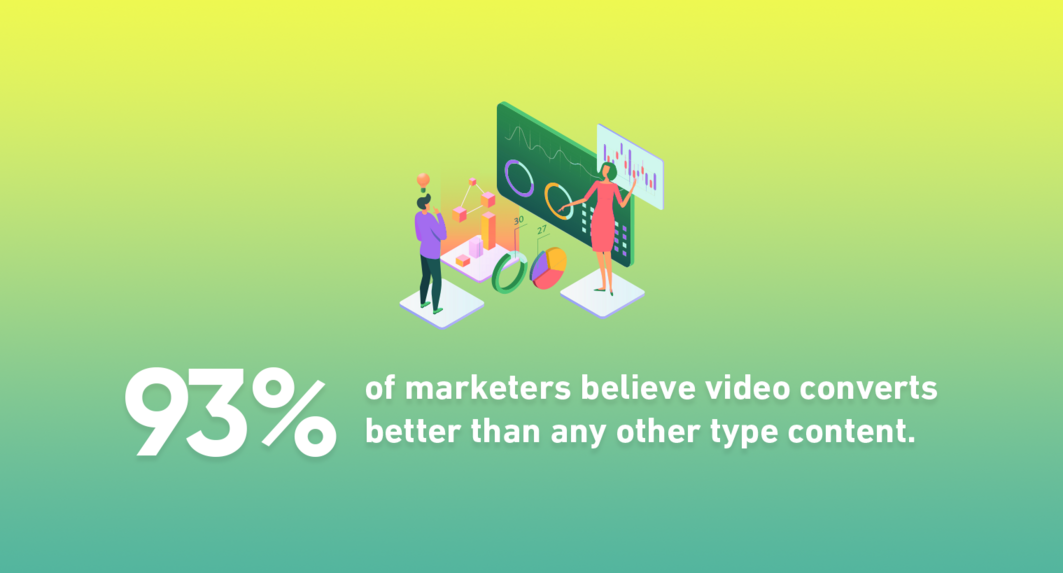
Dominance of Programmatic Advertising
Programmatic advertising is defined as the use of artificial intelligence and machine learning to buy and sell ad space in real-time rather than through human negotiations, thus saving businesses vast amounts of money and reducing the cost per lead. According to a report by eMarketer, over 90% of display ads will have been transacted programmatically in 2022.
Although the increase in programmatic advertising has slowed in 2022, it is expected that marketers will have spent $123.22 billion on programmatic ads by the end of the year – and much of what’s driving this growth is the sudden rise of Connected TV (CTV) advertising.
Advertisers (Finally) Learned To Love CTV
2022 is the first year that video has surpassed non-video formats in programmatic ad spending.
CTV ad spending is set to grow to $74.88 billion dollars in 2023 – the growth of CTV advertising is due to its effectiveness and reach. Around 84% of consumers said that they’ve bought a product after watching a brand’s video [source: wyzowl.com], and in the US alone, 50% of households have at least one CTV device installed [source: statista].
Though YouTube has been a dominant player in the CTV advertising space until now, in 2022 it will account for 43.5% of programmatic ad spending, down from 54.6% in 2020.
It is said that the share of YouTube for programmatic CTV ads will decrease continuously as other streaming platforms step up their programmatic ad game.
Omnichannel Advertising Will Enter the Physical Retail Space
85% of consumers cross-hop on different channels. They don’t just hop from one shop to another; they also hop across multiple channels while shopping. That’s why 87% of retailers recognize that an omnichannel marketing strategy is crucial for their business.
Omnichannel marketing is a strategy that is used to create your brand’s presence across multiple online (website, app, social media, email, SMS, WhatsApp) and offline (retail store, events, call center) channels.
It is to be noted that this trend isn’t limited to digital advertising only – omnichannel is now poised to enter the physical retail space.
Venturing into physical retail opens up new doors in the realm of programmatic advertising, specifically, in DOOH. With DOOH, advertisers can use geotargeting to serve ads to the target audience via dynamic Digital Signage screens.
QR Codes Will Make Shopping Easier
Quick Response – or ‘QR’ – code is the digital equivalent of a barcode and an efficient way to reach users on their mobile devices.
Generally, it is built into most smartphones’ cameras, which activated a digital response when scanned.
With QR codes, there are endless marketing possibilities. It can be used to open a website – where you can display information about your product or service – or take another action, such as making a phone call or sending an email or message on social media.
It can be created easily and for free. Once it is done, you can place it on your website or next to your digital ads.
Marketers Will Innovate Cookieless Advertising Solutions
The world of marketing has been hassled ever since Google’s announcement that it would be phasing out third-party cookies by 2024. For years, advertisers and marketers have been using cookies to target customers and offer them personalized advertising campaigns, leading to higher conversion rates.
However, from 2024 onwards, companies will only be able to rely on their own customer data. A fact that 71% of agency and brand executives are worried about after the third-party cookies are no longer in existence [source: digiday]. But, it is key to note that consumers are more than willing to welcome privacy – 42% regularly clear their browser history, 25% use incognito or private browsing, 22% decline cookies, and 20% use a VPN.
Marketers aren’t waiting anymore for a cookieless future to approach – basically “don’t wait for Google” is the mantra that is the mind of advertisers and marketers. So far, the best approach is to collect plenty of first-party data and use cookieless signals – such as device IDs and IP addresses to target customers.
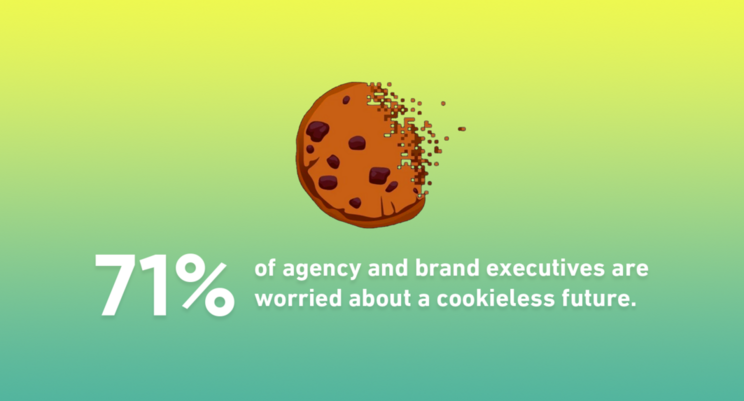
Voice Search Ads Are the Next Big Thing
According to a report by InsiderIntelligence, 42.7% of adults have used voice search on their mobile devices at least once a month, and 32% will be using smart speakers for voice search just as often. Moreover, it’s estimated that by 2025, 123.5 million adults in the US will use voice assistants at least once per month.
Voice search ads offer a new opportunity for marketers – just as they currently optimize written and video content for SEO purposes, they will need to start optimizing ad campaigns to target voice search.
In what form these voice search ads will take remains, but they may also include:
- Pre and post-roll ad placements played before or after the search query answer
- Screen-synced ads that appear on-screen while the voice search results are played
- Paid answers that play before the organic search results
- Data-driven ads based on the search provider’s database
Chatbots are the Future of Conversational Marketing
A chatbot allows your business to be able to serve more clients with fewer resources and effort. Conversational marketing mirrors the way humans interact with one another and creates an instant connection between customers and the company.
However, unlike human beings, the chatbot needs no salary and is available for service 24/7. With 90% of consumers expecting an immediate response to their inquiries, chatbots continue to be a way for businesses to offer 24/7 service.
AI And Machine Learning Are Improving Marketing in 2023 and Beyond
Artificial intelligence and machine learning marketing tools have helped brands to optimize impressions, click-through rates, bid levels, and targeting.
The AI market is expected to grow to half a trillion dollars by 2024. Marketing and sales represented that 20% of people across all industries have adopted AI in 2021, second only to product development.
Social Media Marketing Will Become More Authentic
Despite the heavy reliance on AI and automation, consumers – especially Gen Z and Millennials – crave the human touch. They want companies to interact with them that they perceive as authentic.
Various brands are leveraging their social media platform to raise brand awareness through UGC (user-generated content). 62% of people are more likely to click on an image with UGC than an image created by a brand.
Metaverse will Change the Advertising Industry
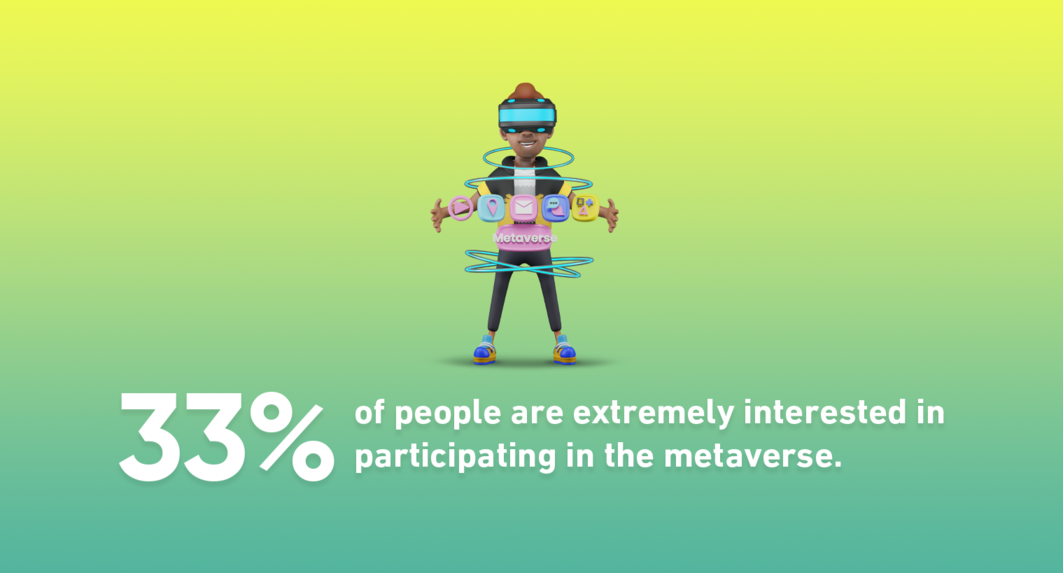 The Metaverse is here, and users are into it. 33% of people are extremely interested in participating in the Metaverse, with mostly Gen Z and Millennials (42%). Meanwhile, only 15% of consumers say that they have no idea what it is.
The Metaverse is here, and users are into it. 33% of people are extremely interested in participating in the Metaverse, with mostly Gen Z and Millennials (42%). Meanwhile, only 15% of consumers say that they have no idea what it is.
But what will digital advertising look like in the Metaverse? No one knows that for sure. However, given that users mostly use it to watch TV and films (51%), play games (44%), browse products (43%), and watch live events like concerts (41%), it represents a huge opportunity for marketers.
Be Seen, Be Relevant, Be Safe with Silverpush
With so much going on in the world of advertising – from CTV to voice search ads to cookie-geddon – deciding on which digital advertising strategy will work for you could be overwhelming.
But when you partner with a specialist marketing solution provider like Silverpush, rest assured that you’re supported by a team of ad-tech experts and advanced AI technology solutions that can help take your business to next level. Contact us today to know more about our AI contextual solutions.

BLOGS
Super Bowl Advertising: A Month-Long, Multi-Screen Event for Brands
For Americans, there are two events that they hyped for a whole year - Football season, and waiting for football season. Football remains highly popular among Americans, with searches for "NFL Draft" and viewership numbers showing an unwavering interest in the sport. According to Google Search data, football is more ...

BLOGS
Advertising in the Age of Climate Change: The Adoption of Carbon Emission Metrics
The urgency of the climate crisis is increasing, and the media industry is no exception. While some professionals are working to reduce their direct operational emissions, there is an urgent need for common standards to be set for indirect emissions that come from digital advertising. The digital advertising industry is becoming ...
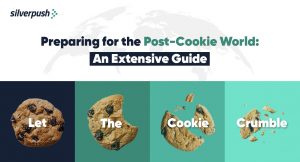
BLOGS
Complete Guide to Reaching Audience with Cookieless Advertising
What’s your alternative game plan for effective cookieless advertising? Haven't thought about it yet? The time is now! Introduction The complete year of 2022 was dedicated to cookies! Panic is setting in amongst marketers owing to mounting privacy laws and the ban on cookies, causing them to re-evaluate their strategies.







